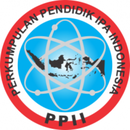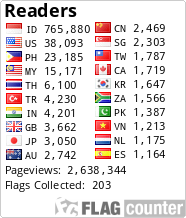Development of Kinect- Based Science Learning Media to Support Improvement of Cognitive Learning Outcomes
DOI:
https://doi.org/10.21831/jser.v2i1.19261Keywords:
learning media, Kinect-based, learning outcomes.Abstract
The purpose of this study is to describe the grant of science based learning media Kinect to support the improvement of students' learning outcomes from cognitive aspect. This research is an educational development research which is adapted from the development model according to Borg and Gall. The research was conducted in four main stages, that are (1) needs analysis, (2) instructional design, (3) media development, (4) validation. Instruments used in this research are assessment sheets by validator, student response questionnaires, pretests, and post test. After being validated, the media was tested to ten students, so that the results obtained of student responses and the effectiveness of improving students' cognitive learning outcomes. The result of the development is Kinect-based science learning media. From the results of research and development stage as well as experiments that have been done can be concluded that the product can improved student learning outcomes in cognitive aspectDownloads
Download data is not yet available.
Downloads
Published
2018-04-17
How to Cite
Fitri, F., & Rahmawati, L. (2018). Development of Kinect- Based Science Learning Media to Support Improvement of Cognitive Learning Outcomes. Journal of Science Education Research, 2(1), 9–12. https://doi.org/10.21831/jser.v2i1.19261
Issue
Section
Articles
License
Journal of Science Education Research allows readers to read, download, copy, distribute, print, search, or link to its articles' full texts and allows readers to use them for any other lawful purpose. The journal allows the author(s) to hold the copyright without restrictions. Finally, the journal allows the author(s) to retain publishing rights without restrictions
- Authors are allowed to archive their submitted article in an open access repository
- Authors are allowed to archive the final published article in an open access repository with an acknowledgment of its initial publication in this journal










